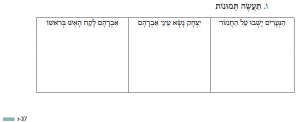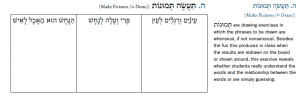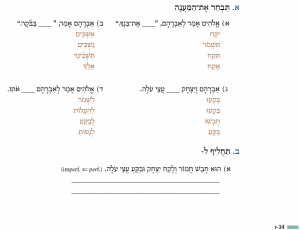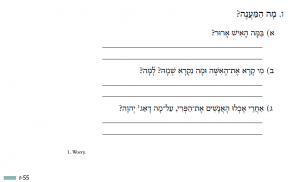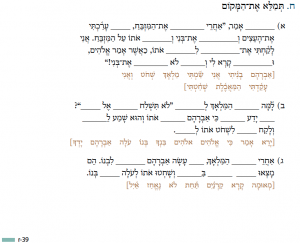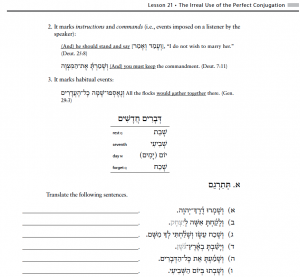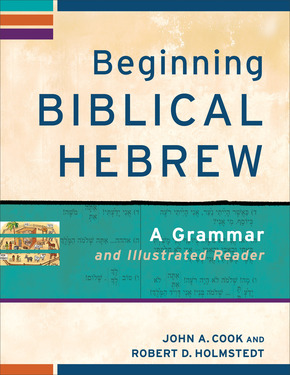Greetings!
We are excited to announce that we have made three updates to the resources we have available for Beginning Biblical Hebrew.
First, our original lesson plans have been expanded to cover fifteen weeks, including all the lessons and readings from the grammar.
Next, a second set of sample lesson plans is now available. The first set is designed around a schedule of three 55-minute sessions per week for fifteen weeks and covers the entire grammar. The second set is designed around two 75-minute sessions per week for thirteen weeks, covering only through lesson 44. (This represents the practice at Asbury Theological Seminary, where lessons 45–50 and readings 11–13 are covered in the second semester.) Please email us at eSources@BakerAcademic.com if you would like the new and updated lesson plans.
Finally, all the available vocabulary flash cards on Quizlet now have Hebrew audio. Students can hear the Hebrew word read aloud and repeat the audio as many times as needed to learn the pronunciation. The flash cards can be found [here]( https://quizlet.com/BakerAcademic/folders/beginning-biblical-hebrew-readings-john-cook-rob-holmstedt).
